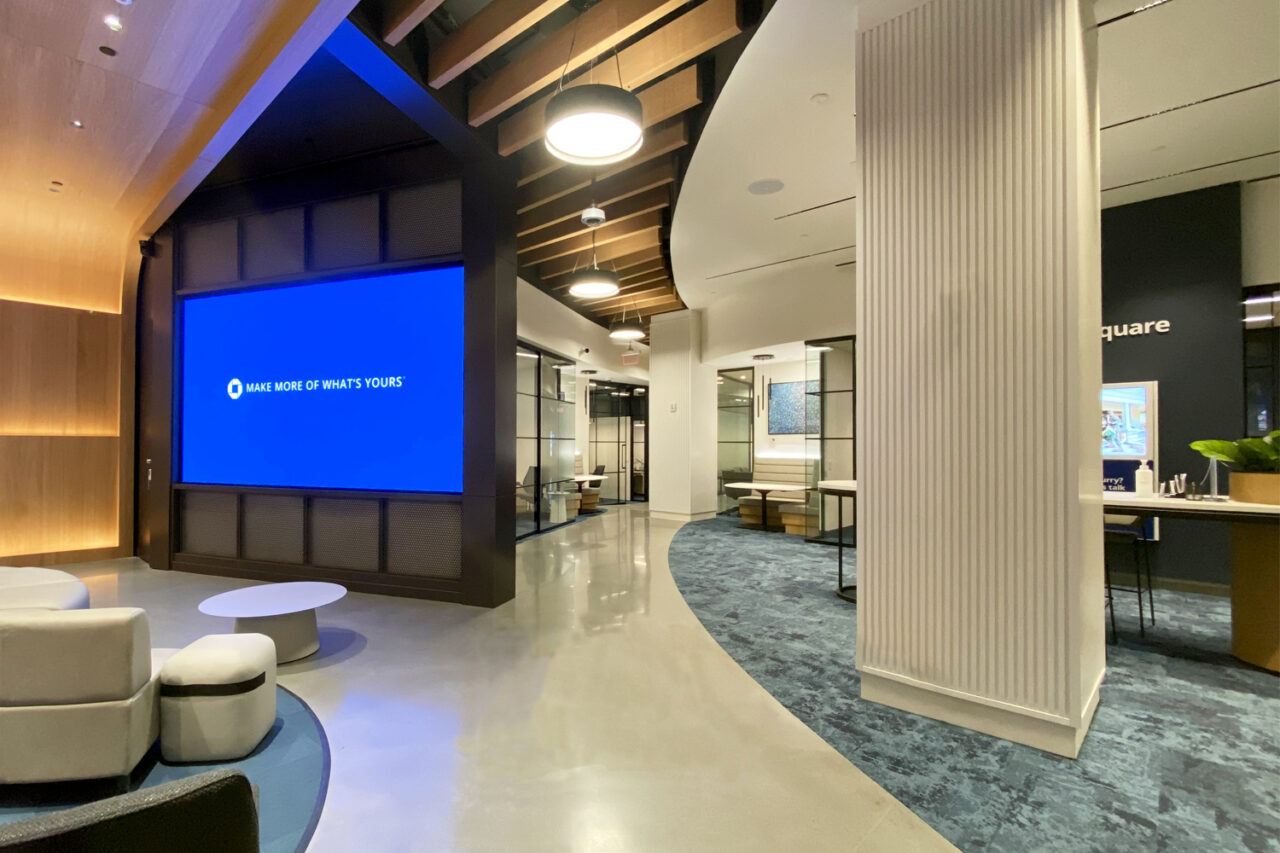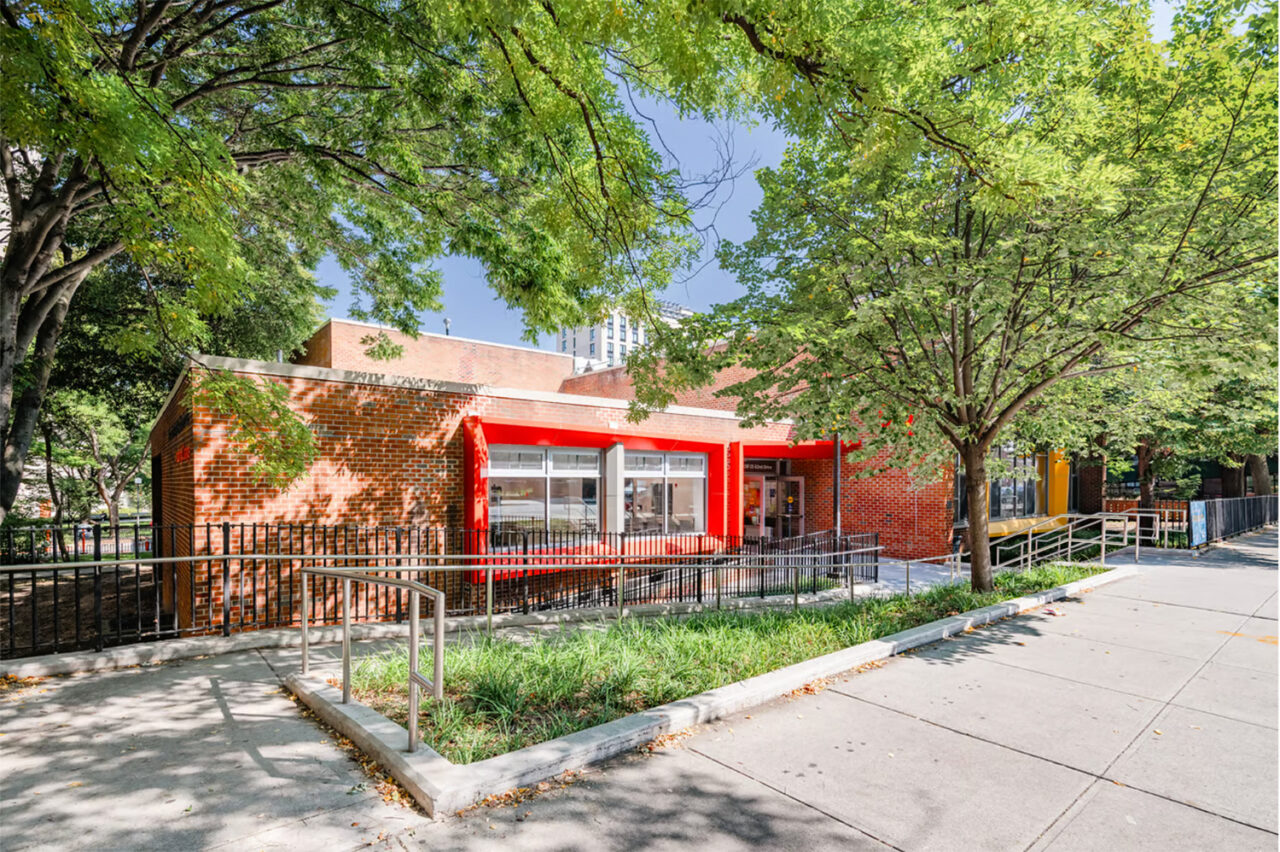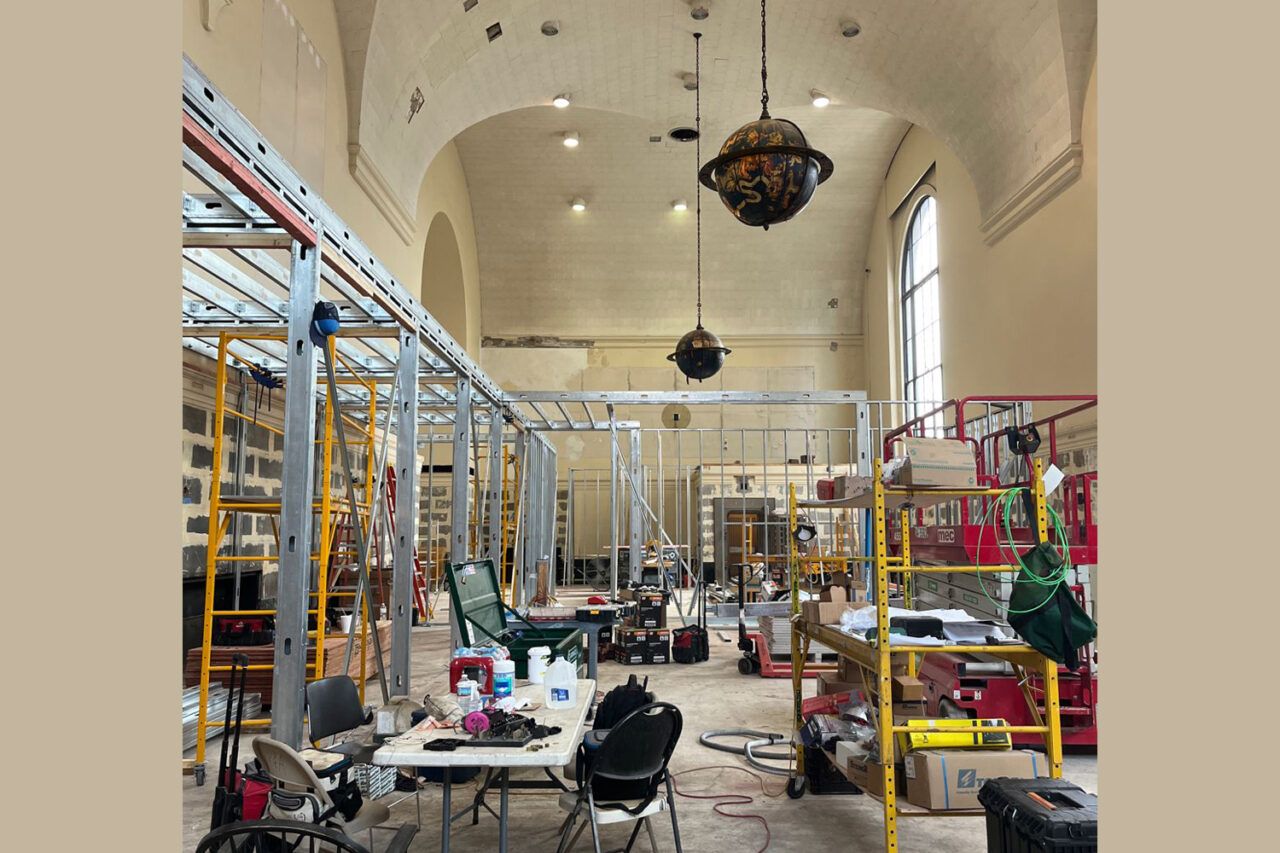by: AIA New York
Jenna Reichberg, AIA, is a licensed architect at the NYC Department of Design and Construction (DDC) as a Program Executive in Front End Planning for Public Buildings. In this unit, she develops capital scope that defines project objectives, design guidelines, and cost estimates to create comprehensive, initial project planning for DDC’s Sponsor Agencies. Before joining DDC, Jenna served as Project Architect/Manager at Matiz Architecture and Design (MAD) and at Moody-Nolan Inc where she led retail, cultural, higher education, non-profit, and residential projects. Reichberg is an alumni of the AIANY Civic Leadership Program (‘17), and served as an advisor (‘18) and consultant (‘23) to the program.
Q: What are your greatest sources of inspiration?
My day-to-day work has significantly changed since transitioning from “Traditional Architecture” to DDC’s Front End Planning (FEP). The work of DDC is a testament to our agency’s ability to concurrently be in tune with the present and future needs of New York City and our Sponsor Agencies. The profile of New York may evolve over time, but the definition and spirit of New Yorkers is enduring and the needs of our communities are my inspiration. New York’s character is to strive for a better tomorrow and it demands that we build and be a model for an equitable and resilient city. The health centers, public bathrooms, library renovations, and other projects I have worked on in FEP are critical facilities needed in every corner of every borough.
Q: How/why did you decide to pursue architecture?
When I was very little I made a collage of a floor plan I drew of an imaginary home layered with cut-outs of furniture from an interior design magazine. I recall this and similar childhood moments that should have indicated to me to pursue architecture had I known what it was, and I am grateful to my 8th grade math teacher who introduced me to the profession. In high school I looked forward to the same two courses ever year: architectural drafting and student government. Attending Temple University grounded me in the profession’s purpose to serve, with Temple’s curriculum focusing on communities and the impact of architecture on people. This expanded my understanding of an architect’s skills and supported my growing belief that architecture can be a service profession. Fast forward, this led to my involvement with the AIANY Civic Leadership Program and pursuit of civil service with DDC. My two favorite courses, architecture and student government, still ring true.
Q: What are some of your favorite recent projects that you’ve worked on?
My favorite part of DDC’s FEP unit is working closely with the 26+ city agencies to improve the pipeline of viable capital projects that will showcase design excellence in our city and are supported by appropriate budgets and schedules. Although FEP follows a process, each project, agency, and stakeholder has their unique needs that have to be woven into the project planning. My favorite project from the private sector was the Queens Community House renovation in Forest Hills while at Matiz Architecture & Design. Pursuit of that project began just before the Covid-19 pandemic, and once lockdowns were starting, the importance of that renovation to a facility providing critical resources to New Yorkers was amplified. As I led that project through design development, our firm’s leadership supported QCH as they humbly and strategically navigated adapting their community services while simultaneously planning a renovation. We collectively recognized the importance of keeping that project moving in 2020, and I found comfort in the routine of project meetings with a team that offered hope during a bleak time.
Q: What do you think are the biggest challenges, or opportunities, facing cities today?
Implementing evolving technology into the city’s capital planning process is an enormous opportunity and is also what I am working on at DDC. The age of automation to support data-driven decisions is well poised for more holistic planning that will better serve New Yorkers. Every advancement in best practices made through analyzing data, which is what I am doing in DDC’s Advanced Capital Planning current pilot, questions “how can we use this new tool and depth of information to improve our work and support our mission?”. Integrating these analytic tools at a city-scale is challenging but exciting to see the foundations being built for a new frontier of capital planning.
Q: What is influencing your work the most right now?
I appreciate my new-found community of public architects within NYC and those I have met through AIA via the national Public Architects committee. At the AIA Conference on Architecture & Design in San Francisco, my first AIA conference since joining DDC, I found like-minded individuals eager to use their architectural skills towards public service in every Public Architect seminar. I also met architects who, while maintaining their practice, are also local officials and are serving as a testament to the need of architects in government. I have been following AIA President Kimberly Dowdell’s advocacy for Chief Architects and presentation at the Conference of Mayors, as it aligns with the mission of the Civic Leadership Program. The growing momentum to have architects at all levels of community engagement and government, bolstered by the service of architects already serving in these roles, can only better inform our decision-making and the legislative bodies regulating the built environment.













